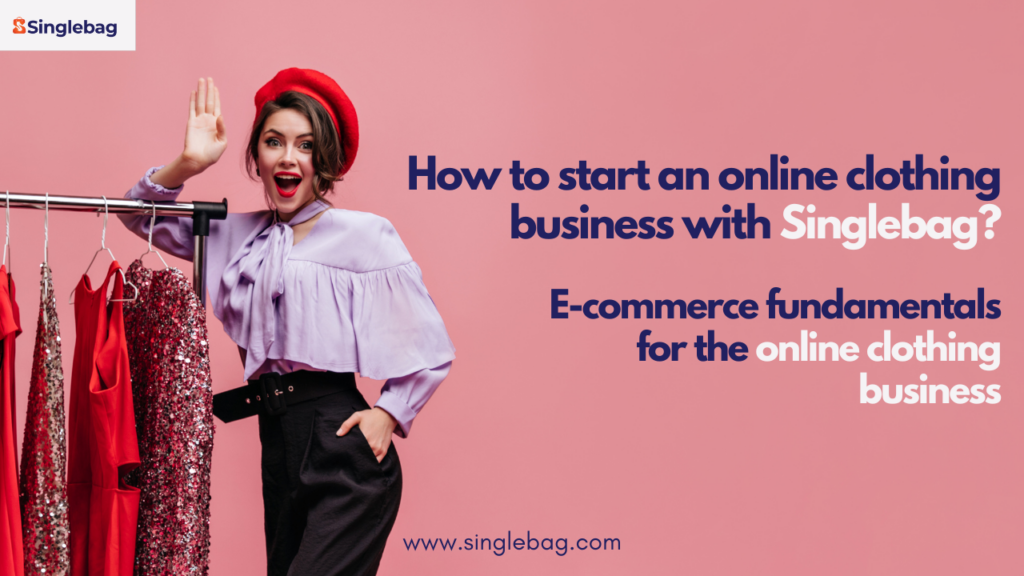
5 Best Ways to Boost Your Ecommerce Sales and Revenue Quickly

In 2023, global online sales are expected to be $6.3 trillion, and by 2026, it could be $8.14 trillion. In the ever-evolving world of e-commerce, staying ahead of the competition and consistently increasing your Ecommerce sales and revenue can be quite a challenge.
But if you use the right plans, you can boost your online sales and earn more money quickly.
In this blog, we’ll explore five effective ways to do just that.
- Create a sense of Urgency
- Popups / Floating Bar
- Mobile-friendly website
- Tiering
- Scaling
1. Create A Sense of Urgency
Creating a sense of urgency is a powerful motivator for online shoppers. When customers believe they might miss out on a unique opportunity, they’re more likely to make a purchase immediately.
Limited Quantities
Promoting products as “limited stock” or “limited time offer” can create a fear of missing out (FOMO). When customers think a product is scarce, they’re more likely to buy it without prolonged consideration. This scarcity can drive up demand and increase your sales.
For example, if you sell clothing, you can offer a “limited stock” notice for a particular style or size, encouraging customers to act fast. This strategy works particularly well for seasonal items or exclusive collections.
Special Editions
Special editions of your products can entice your audience and make them feel like they’re getting something unique. You can create special editions by tweaking the design, packaging, or bundling products together. These exclusive offerings can capture the attention of your loyal customers and attract new ones.
Consider collaborating with influencers or artists to create special editions. This not only adds authenticity but also taps into their existing fan base, potentially boosting your sales further.
2. Popups / Floating Bar
When used strategically, popups and floating bars can be powerful tools for increasing e-commerce sales. However, they must be used judiciously to avoid annoying your visitors.
Exit-Intent Popups
Exit-intent popups appear when a visitor is about to leave your site. These popups can offer discounts, free shipping, or a newsletter subscription in exchange for their email address. By catching potential customers just before they exit, you can give them a reason to stay and make a purchase.
Abandoned Cart Popups
Abandoned cart popups remind visitors of the items they’ve left in their carts. You can sweeten the deal by offering a small discount or a time-limited promotion to encourage them to complete their purchase.
Floating Bars
Floating bars are non-intrusive and remain at the top or bottom of the screen as visitors browse your site. You can use them to highlight ongoing promotions, announce new arrivals, or showcase customer reviews and testimonials. These bars ensure that important information is readily visible without interrupting the user experience.
3. Mobile-friendly website
In today’s mobile-centric world, it’s crucial to have a mobile-friendly e-commerce website. More than 50% of online shoppers use mobile devices to browse and make purchases. If your website isn’t optimized for mobile, you’re likely missing out on a significant portion of potential sales.
Mobile Optimization
Ensure that your website is responsive and loads quickly on mobile devices. Simplify the navigation, reduce unnecessary elements, and make the checkout process as straightforward as possible. Test your site on various mobile devices to guarantee a seamless user experience.
Social Media Integration
Connect your e-commerce platform to your social media accounts and allow customers to log in or check out using their social media profiles. Implementing “Shop Now” or other CTA buttons on your social media profiles can also make it easier for customers to purchase directly from your posts
4. Tiering
Tiered discounts are an effective way to incentivize customers to spend more. This strategy encourages shoppers to add more items to their cart to reach the next discount threshold.
Spend More, Save More
Offer discounts that increase as customers spend more. For example, you could offer a 10% discount for orders over ₹500, a 15% discount for orders over ₹1000, and a 20% discount for orders over ₹1500. This approach not only encourages larger purchases but also rewards loyal customers who frequently buy from your store.
Free Gifts with Purchase
Another tiered discount approach is to offer free gifts or samples with larger purchases. For instance, customers who spend over ₹1000 could receive a free gift worth ₹200. This not only adds value to their purchase but also motivates them to spend more to unlock the reward.
Loyalty Programs
Consider implementing a loyalty program where customers earn points for every dollar spent. As they accumulate points, they can redeem them for discounts, free products, or exclusive access to sales events. This not only encourages repeat business but also fosters a sense of loyalty among your customers.
5. Scaling
Scaling discounts are an innovative way to increase your average order value (AOV) by motivating customers to buy more quantity. This strategy involves offering discounts based on the quantity of a product purchased.
Bundle Discounts
Create bundle deals where customers can purchase multiple units of a product at a discounted price. For example, “Buy 2 and Get 20% Off Each.” This not only entices customers to buy more of the same product but also helps you move inventory faster.
Quantity-Based Discounts
Display quantity-based discounts prominently on product pages to make customers aware of the savings they can get by purchasing in larger quantities. This transparency can drive customers to increase their order size to take advantage of the discount.
Conclusion
Boosting e-commerce sales and revenue quickly requires a combination of strategies that tap into customer psychology and buying behaviour.
By implementing the above strategies, you can create a more engaging and persuasive shopping experience that drives higher sales and revenue for your e-commerce business.
Remember to analyse the effectiveness of these strategies through data analytics and adjust them as needed to continuously improve your results.






Responses